Subway Terminal Building
1926 – Schultze and Weaver
417 South Hill Street – map
Declared: 7/27/77
On June 5, 1923, in the same election where they approved the bond and location of a brand new City Hall for Los Angeles, L.A. voters approved, by a margin of 11,645 to 3,373, plans for the city’s first subway with its central station under – wait for it – Pershing Square.
No lie. The Los Angeles Times wrote the vote could be seen “as a result of traffic congestion in the narrow downtown streets.” Of course, the Pacific Electric never did build its central station – or any other station, for that matter – under Pershing Square. It’d take another seventy years before the most useless public park in America would get its own subway stop.
A year and a half later, though, on January 7, 1925, the Subway Terminal Corporation announced plans to build a $4 million, twelve-story (then the height limit) subway terminal a block away from the park, taking up part of the land then occupied by the P.E.’s Hill Street Station dating from 1908 (pictured here next to the old Masonic Hall). The Corporation, which would build and own the structure, was headed by J.F. Sartori, president of the Security Trust and Savings Bank. The Board of Directors included Eli P. Clark (who, besides having planned a subway from the site years before, had his hotel across the street), F.W. Kellogg, Harry Chandler, and D.W. Pontius, vice president and general manager of the Pacific Electric Railway.
This is the home of Judge Robert M. Widney in the 1880s. This would become the site of the Subway Terminal Building forty years later. Apt, too, because Widney built L.A.'s first streetcar line. Photo from the L.A. Public Library.
The location and makeup of the central station/terminal may’ve changed, but the plans to build a tunnel for the Red Cars out to where Beverly and Glendale Boulevards meet remained more or less the same.
The Corporation hired architects Leonard Schultze and S. Fullerton Weaver to design the terminal. The team had completed the Biltmore around the corner a few years earlier and were then working on the Jonathan Club at Fifth and Figueroa. Outside of L.A., their credits include the Breakers Hotel in Palm Beach and the Waldorf-Astoria in Manhattan.
Excavation work on the building began on May 3, 1925. The digging would be wrapped up by August 23, and workers celebrated completion of the steel framework on October 24.
UCLA Libraries Digital Collection
Construction on the tunnel itself had been underway for a full year by the time excavation for the terminal building had begun. Starting in early May 1924, crews removed dirt for about six weeks, then began drilling the tunnel’s core on June 13. The general contractors were the Twohy Brothers of Portland. With around 650 men on the project, digging around the clock on three shifts of 210 men each, the bore was completed on April 16, 1925. Once the concrete lining had been set, work began on installing tracks and wires.
USC Libraries Digital Archive
The Subway Terminal Building wasn’t finished when the Hollywood Subway, Los Angeles’s first, ran on November 30, 1925. The marble-floored station took up the first two floors, but there were still to be finished the 900 offices with 1,100 rooms on the remaining floors. When completed, the building would be the highest commercial office structure west of the Mississippi River.
As part of the opening celebration, D.W. Pontius’s niece, Mrs F.E. Bilhardt, kicked things off nicely by christening car No. 741 with (“it was said”) ginger ale, being all Prohibition-friendly.
Regular service began the next day, December 1, at 5:00 a.m. with sixty-seven trains running daily to Glendale and thirty-two to Burbank. At that time, it was reported the Pacific Electric Railway Company and the Subway Terminal Corporation spent $9.25 million on both the tunnel and the terminal building. The subway station could accommodate five tracks and thirty cars. In addition to the Glendale-Burbank route, the subway would go on to serve the Hollywood, Santa Monica-Venice, and San Fernando Valley lines, too.
It was figured the tunnel – at 4,325 feet, about four fifths of a mile – shaved off fifteen minutes of travel time. Along with the shorter time came a lower fare – at least temporarily – of three cents round-trip, two cents one-way.
The Subway Terminal Building’s traffic reached a peak during World War II with 884 trains, made up of 1,184 cars, rolling in and out of the subway each day.
USC Libraries Digital Archive
The Pacific Electric’s thirty-year subway service history reached the end of the line on June 19, 1955, at 1:40 a.m. the same way it began – with the Glendale-Burbank line. The Pacific Railway Society had a final, final run later that morning, and the Southern California division of the Electric Railroaders Association had a final, final, final trip that afternoon. After that, the busses took over. Metropolitan Coach Lines, which had assumed the P.E.’s passenger operations in 1953, promptly used the tunnel for storing old streetcars.
The building was eventually taken over by the Federal Government, first for the Social Security Administration, then for the Veterans Administration. After the old Red Cars in storage were sent off to the scrapyard and to Argentina for re-use, the Belmont Tunnel was prepped as a fall-out shelter and then for storing autos confiscated in drug busts. Declaring it unsafe, the city filled in the tunnel from Flower to Figueroa at the end of 1967.
The tunnel in 1961. L.A. Public Library
David Hart bought the Subway Terminal Building with a silent partner in May 1979 for $5.25 million. Hart hired ubiquitous L.A. architect Brenda Levin (the Pellissier Building, the Oviatt Building, the Eastern Columbia Building, and the Fine Arts Building) to handle a $3 million restoration of the building. Hart also commissioned Jeff Greene of EverGreene Painting Studios Inc. in New York to create the 560-foot-long, 28-feet-high trompe l'oeil on the building for $75,000 (so those windows you see up top on most of the Fourth Street side are phony). By this time, there remained but one block of tunnel on the terminal side, from Olive to Grand. Such was the renewed interest in the old building, Mayor Tom Bradley declared March 31, 1986, “Subway Terminal Building Renaissance Day.” Remember, the sixty-year-old terminal had recently become a much more prominent landmark downtown – four buildings to the terminal’s south, including the Philharmonic Auditorium, had recently been razed. All this hope and goodwill aside, the building was in foreclosure a decade later.
Forest City Enterprises bought the Subway Terminal Building in 2003 and, since the end of 2005, it’s been the apartment building Metro 417, providing “277 boutique-style rental residences.” Of course, I wasn’t allowed to take any pictures inside (a guard there warned he’d have to strangle me… he was around 84% kidding) so I certainly didn’t get down into the basement to see what remains of the old subway. However, the good folks at Esotouric got there, and they’ve got the pictures to prove it. To boot, there are several sites dedicated to what happened to the northern end of the Belmont Tunnel (half of a Los Angeles Historic-Cultural Monument in its own right, but that’s more than 600 posts away).
Sources:
“Power Bonds and Oxnam School Slate Beaten” The Los Angeles Times; Jun 6, 1923, p. I1
“Workmen Begin Work on Trolley Subway” The Los Angeles Times; May 28, 1924, A2
“Will Draft Subway Plans” The Los Angeles Times; Jul 8, 1924, A1
“Height-Limit $4,000,000 Subway Terminal Building Is Planned” The Los Angeles Times; Jan 8, 1925, p. A1
“Train Tunnel Ready To Use” The Los Angeles Times; Nov 19, 1925, p. A1
“What Was and What is in Trolley Travel” The Los Angeles Times; Dec 1, 1925, p. A1
“Streetcar Tunnel Will Cease Sunday” The Los Angeles Times; Jun 17, 1955, p. 6
Simross, Lynn “Seeing Is Believing – but Not at This Site; Artist’s Trick of the Eye Draws Attention to Downtown Building” The Los Angeles Times; Mar 31, 1986, View, p. 1
Rasmussen, Cecilia “70 Years Before Sinkholes, L.A. Had a Subway” The Los Angeles Times; Jan 8, 1996, B3
Duke, Donald Pacific Electric Railway: Volume Four – The Western Division Golden West Books 2004 San Marino, CA
Crump, Spencer Ride the Big Red Cars Fourth Edition Trans-Anglo Books 1980 Corona del Mar, CA
This Was Pacific Electric dir. Thom Eberhardt 2005 Sky City Productions, Inc.
Up next: Herald Examiner Building
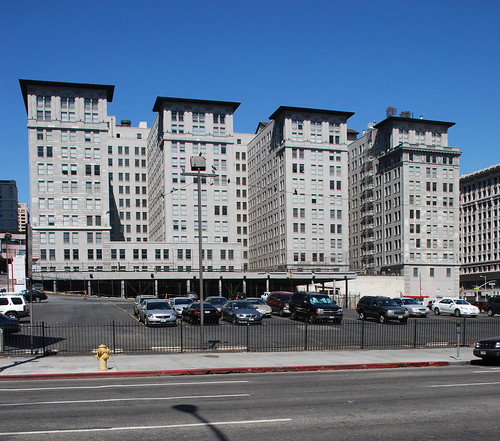
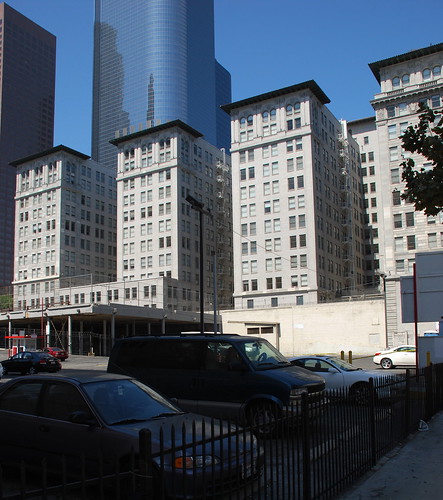
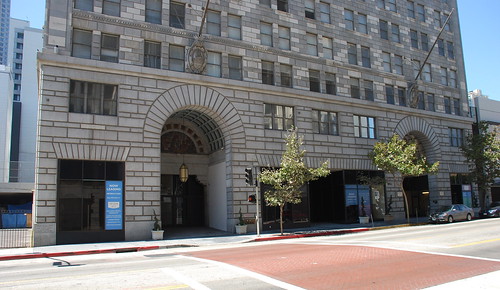
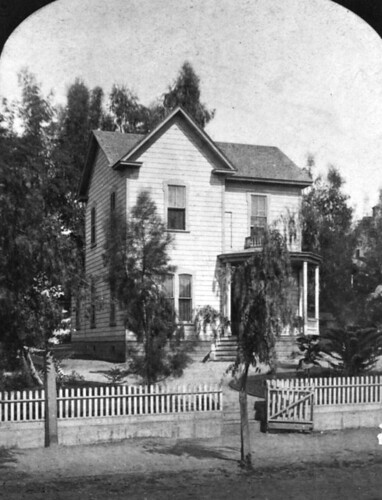
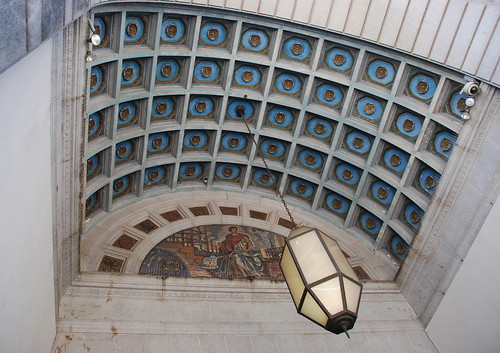
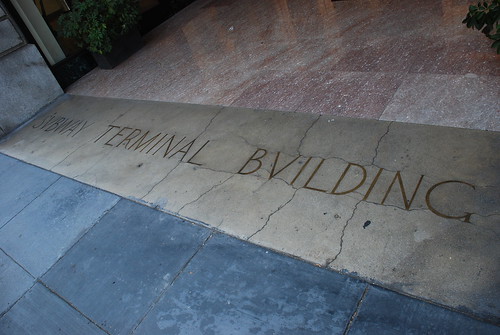
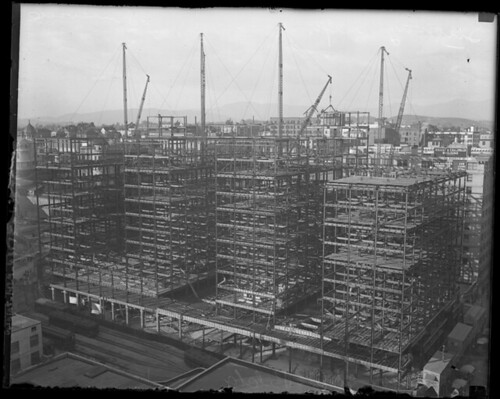

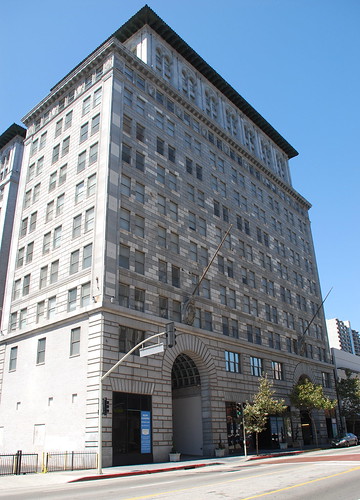
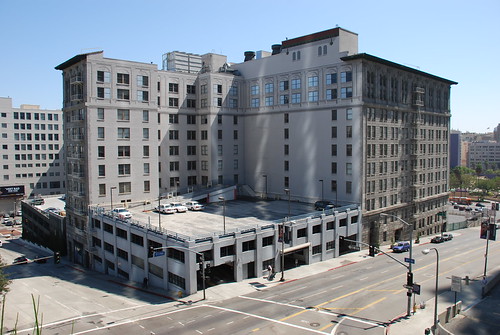
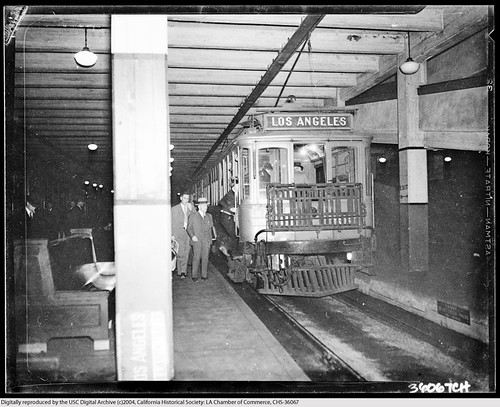
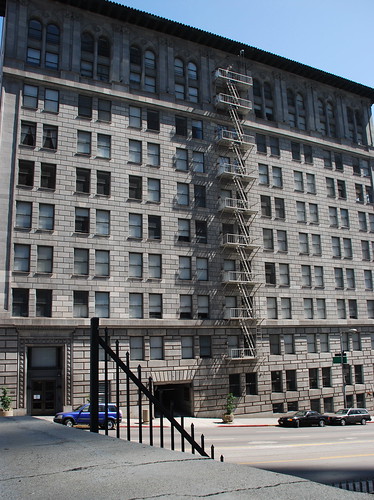
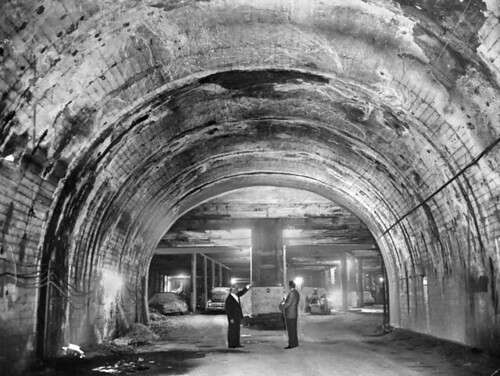
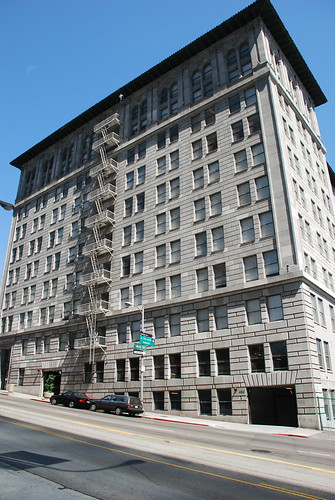


5 comments:
You sure found everything about this, links I know and links I didn't!
I was on that 2000 tunnel tour. A distance down the tunnel it curves and the daylight disappeared. The end is the wall of the Bonaventure Hotel's subterranean parking, with some water pooled in front.
I happened by the north end this week, at the end of the Toluca Street cul-de-sac off of 2nd Street, mostly hidden now behind that new apartment building.
I'm going to go out on a limb and guess that, if and when the tunnel's re-opened generations from now, folks will be just as interested in its graffiti as the tunnel itself.
I took a tour of the building a few years back. We went down to the basement tunnel. Terrific experience.
Was lucky enough to go on a tour of the Subway Terminal Building last year. Much of it is still like a time capsule. Sadly, though, there's no curve to the tunnel anymore: it ends after just a couple hundred feet or so.
After years of asking, we were finally able to bring a small group down into the Subway Terminal and tunnel last month for one of our free LAVA Sunday Salons and walking tours. It's such a weird and beautiful place, and it was especially thrilling to discover that there are now stalactites and stalagmites forming inside the tunnel mouth! Photos here http://esotouric.com/subwaytunnel
Post a Comment